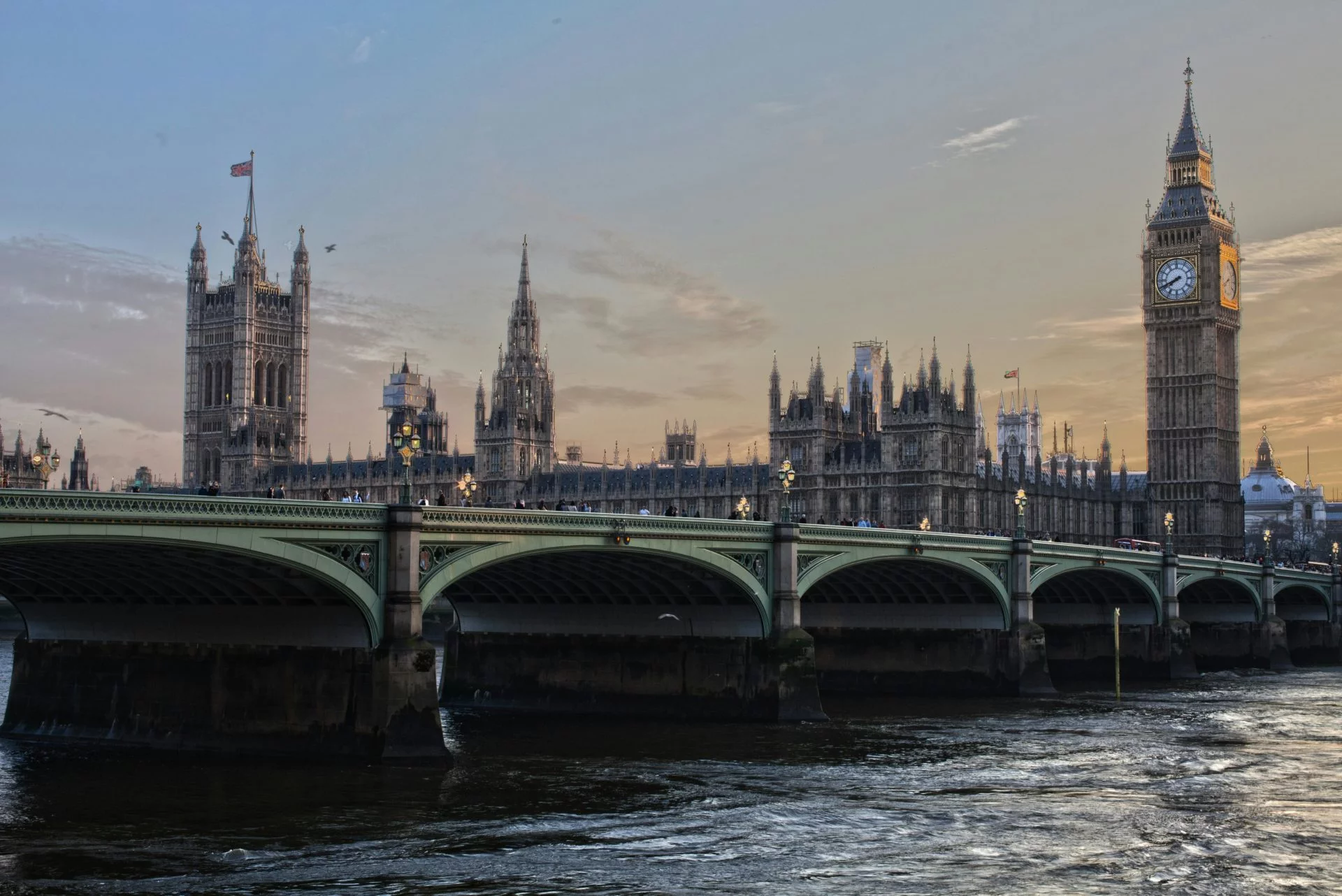
How have UK political parties utilised Paid Media in the 2024 General Election?
We’re adept at guiding our clients through peak periods of their marketing calendar, be it Q4 for ecom or turn of year for travel. But with the general election imminent, how has the UK political scene utilised paid media as part of their peak strategy?
To find out we’ve scoured through the Google Ads Transparency Centre and Meta’s Ads Library.
Record Spending
With this general election being so impactful, it’s no surprise that political spending on digital platforms is at an all-time high.
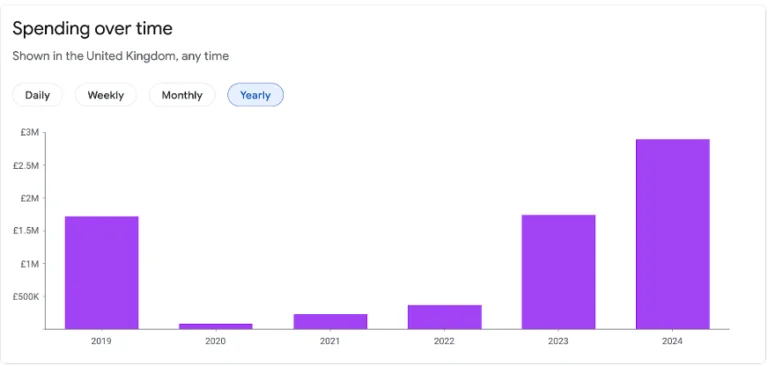
All political ads yearly spend on Google ads. Source: ‘Google ads transparency centre’ June 2024
In 2024, Google alone saw political spending reach £2.89 million. Condense that to just the exciting 30 days in the run up to the big day, £1.34 million was spent on 8,303 political Google ads.
Who are the big spenders? Labour leads, having invested £942k on Google and £388k on Meta in the past month. Meanwhile, the Conservatives spent £189k on Google and £979k on Meta. We wonder at the audience research that’s powered this approach as the Conservatives lean towards a typically older audience on Meta.
Interestingly, both parties have also backed investment behind their leaders’ pages. Labour spent £241k on Keir Starmer’s Facebook profile, whilst the Conservatives spent £10k on Rishi Sunak’s.
Differing Targeting Strategies On Search
We’re also seeing some interesting difference in approach to search.
What we’re seeing from Labour is a focus on intent-based searches on Google, without specific targeting criteria in-place. The Conservatives, however, have used very specific postcode targeting, selecting over 1,500 locations and excluding more than 100, likely affiliated with other parties.
Are we seeing the Conservatives focus on key locations where they feel comfortable whilst Labour are confident enough to go broader?
Messaging Approach
As expected, the messaging employed by both is quite different. Labour’s Google ads have highlighted key manifesto policies such as GB Energy, education, immigration, tax, the NHS and defence.
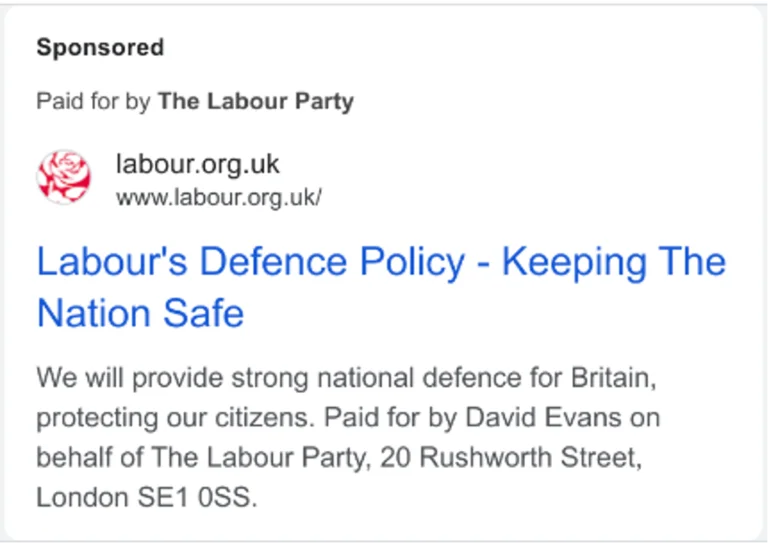
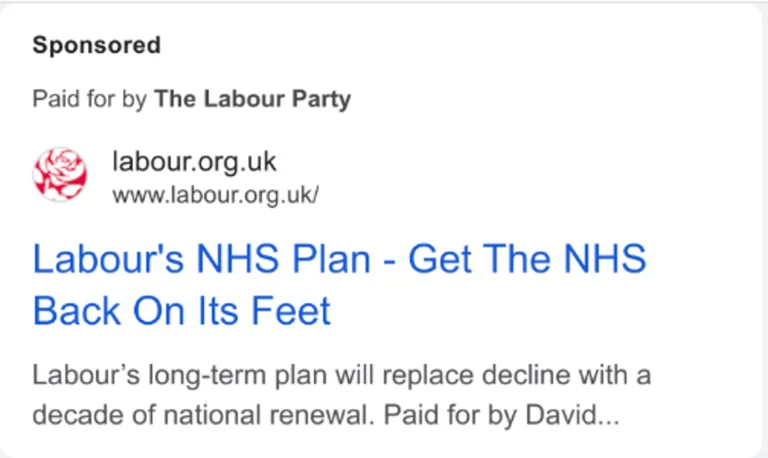
For search, they also sponsored ads directing users to alternative URLs as a means of diversifying the approach to get their agenda across:
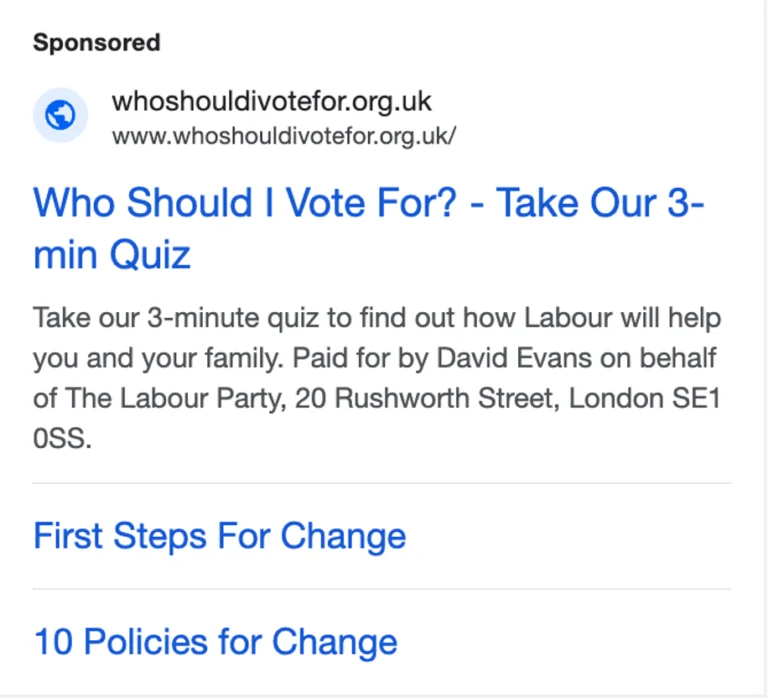
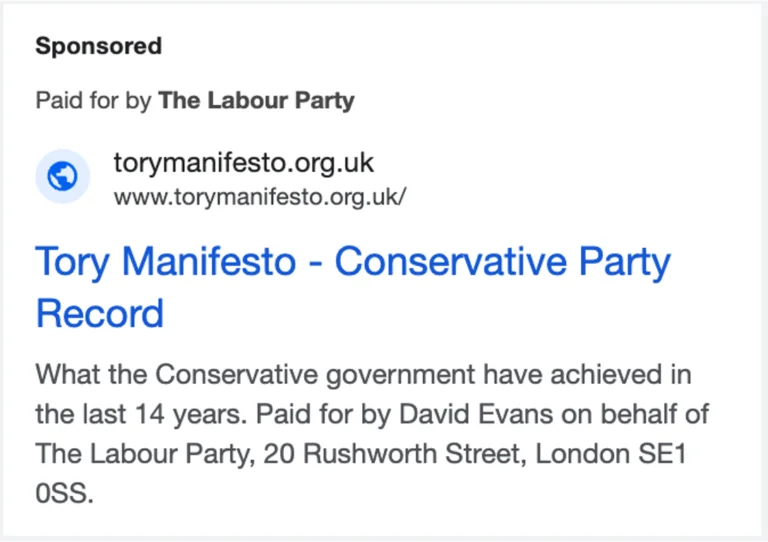
Conversely, the Conservatives ran a single text ad focusing on “Labour’s Plans” and “Labour’s Tax Rises.”
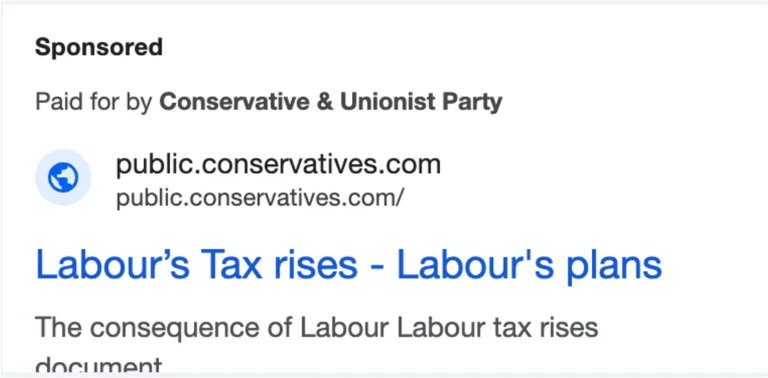
Both parties were not afraid to attack the success, or more specifically failures, of the other.
The Conservative Party on Meta
As we’ve mentioned above, the Conservative party leant into Meta spending this election. They leveraged audience insights to target an older, predominantly male demographic. Their ad with the greatest reach, which cost between £35k-£40k, delivered over 86% of impressions to users aged 45+, with a significant 57% of these impressions reaching males in this age group.
This is a very different approach to Labour who diversified their targeting with no clear demographic preference. They did, however, choose an ad promoting postal votes to a younger audience, with over 75% of impressions reaching 18-34-year-olds.
No Punches Pulled
Both parties employed strategies to criticise each other’s policies. The Conservatives focused on Labour’s tax policies with more assets featuring Kier Starmer than their own Rishi Sunak. While Labour criticised the Conservatives’ performance over the past 14 years with ad messaging consistent with their activity on Google.
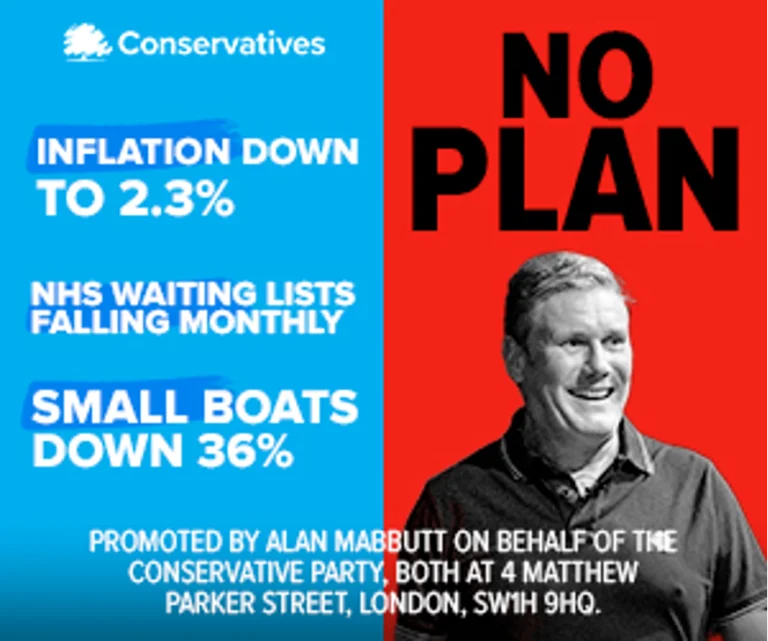
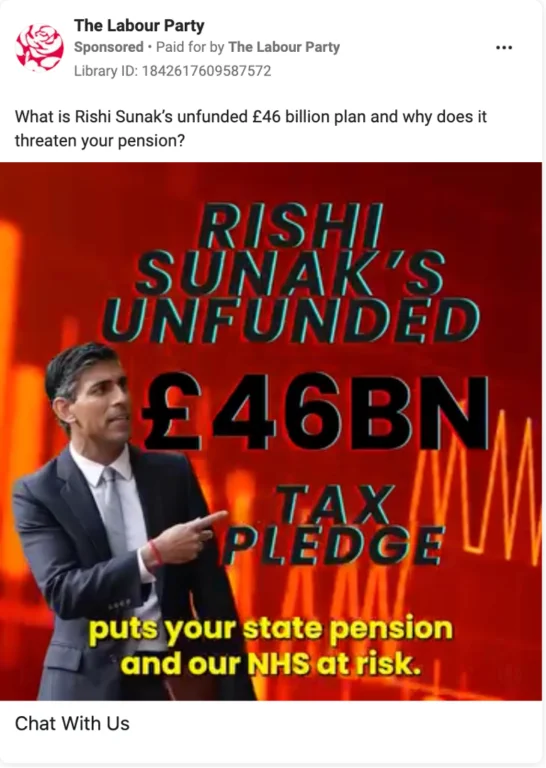
What have we learnt?
It’s been an expensive battle for both, and we’re not overly surprised to see where they’ve been advertising and who to. This year political parties have utilised diverse strategies and spent more on digital media than in any of the past five years.
Labour emphasised their own policies through their ads on both Google and Meta, using broad targeting on both. Whilst the Conservatives focused on critiquing Labour’s policies, using detailed location targeting with text-heavy image ads, but spending less overall than Labour on both platforms.
Are we seeing a confident Labour go broad and reach as many people with their own policies, whilst the Conservatives focus more on holding key locations and a specific target audience?
If you’re hungry for more election-focused insights, we’ve also been tracking relative search demand and trending searches around the Conservatives, Labour, Reform UK, the Liberal Democrats and the Green Party – take a look.



